Search results for: “”
-

Interpreting a Food Web and Trophic Levels
Students analyze a food web and determine the types of consumers, herbivores, carnivores, and omnivores. Then they construct a pyramid of numbers.
-
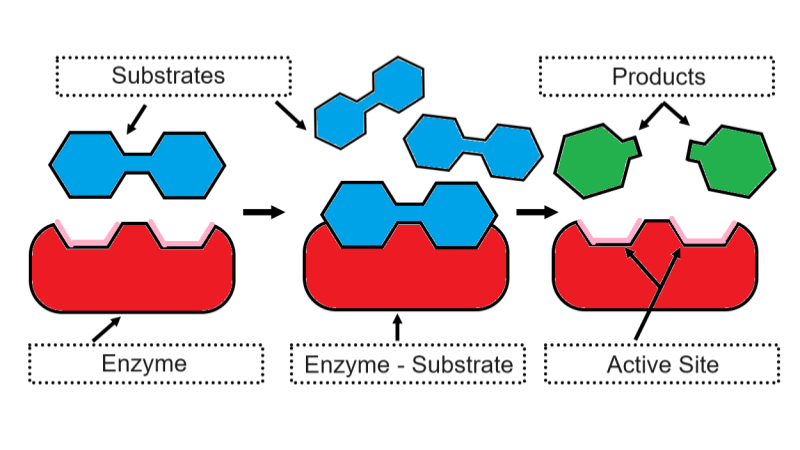
Enzymes and Substrates – Coloring
A simple worksheet showing how enzymes bind to substrates to create products. Students color a graphic and answer questions.
-
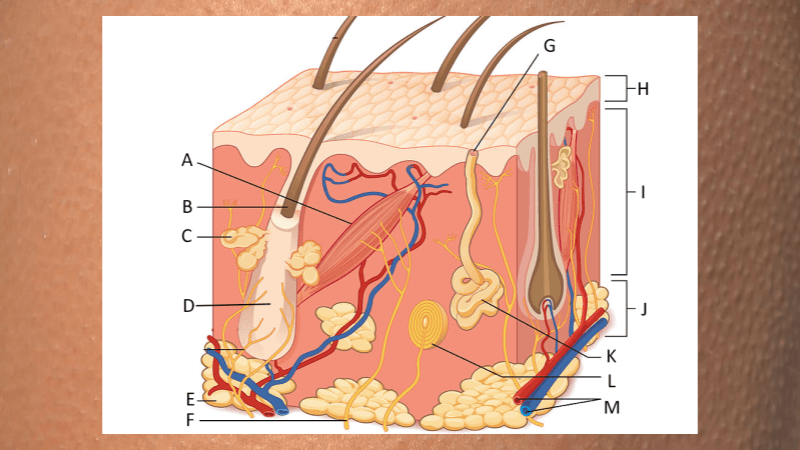
What Causes Goosebumps? – Anatomy of Skin
Students label an image showing the cross section of skin. Text explains what each structure does and focuses on the phenomenon of goosebumps.
-
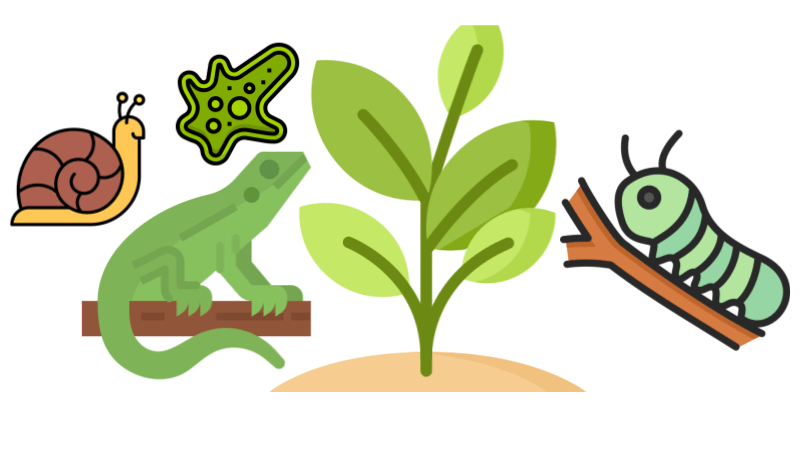
Characteristics of Life
Students read descriptions of animals and match to one of the characteristics of life: energy, cells, DNA, growth, response, and homeostasis.
-
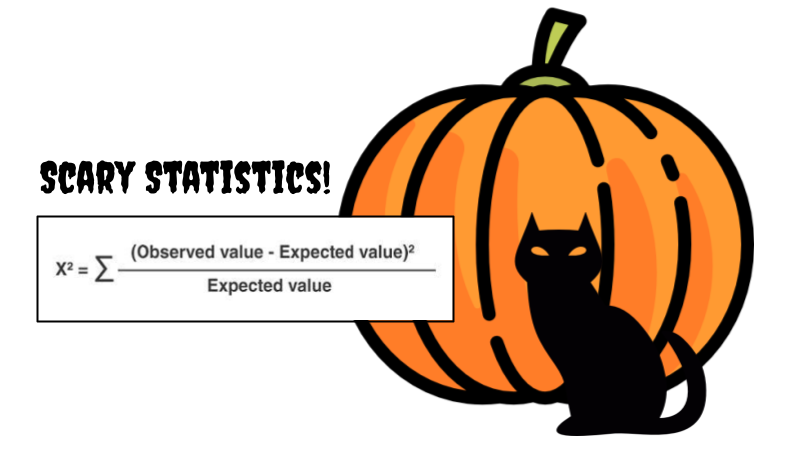
Scary Pumpkin Statistics
Students predict the number of seeds in a pumpkin and then count the seeds. They use chi square analysis to accept or reject the null hypothesis.
-
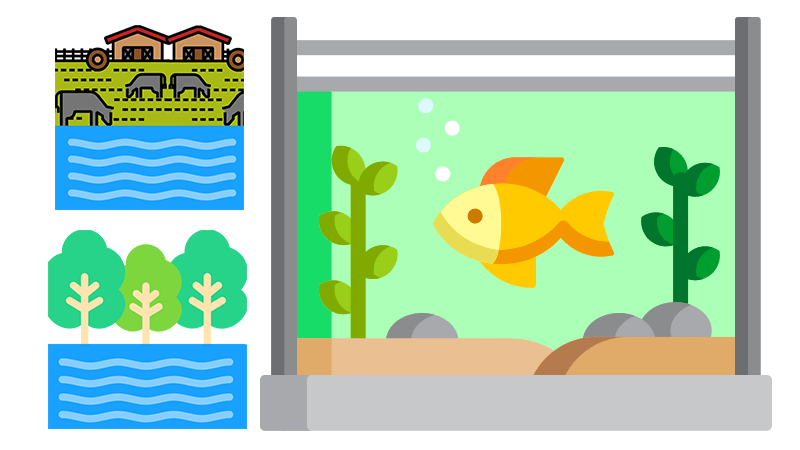
What Causes Algae Growth in Ponds?
Students examine data on two ponds to determine what is causing the algae growth in the pond near a farm.
-
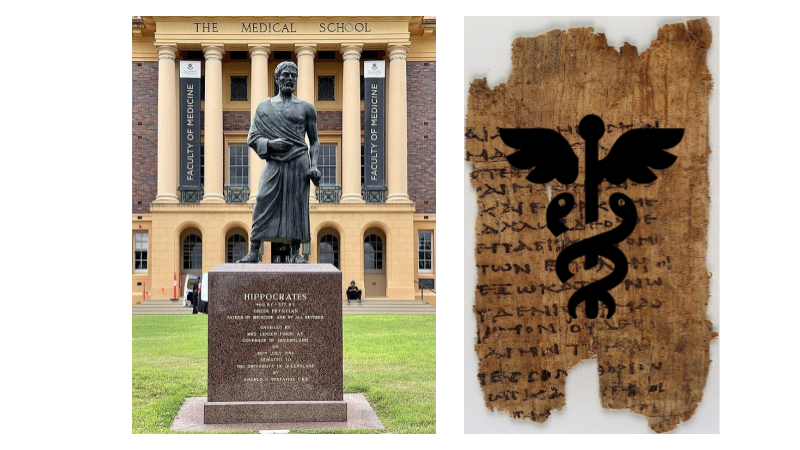
Hippocratic Oath for Anatomy Students
Students read the Hippocratic oath and rewrite the tenants in a simpler form. Working in groups, they discuss each tenant.
-
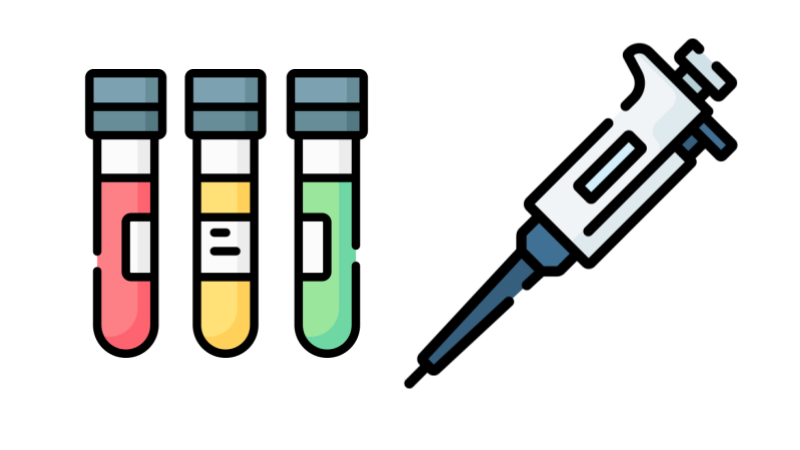
Colorful Activity for Learning How to Use a Micropipette
Students learn to use a micropipette. How to read a micropipette and how to draw and dispense different volumes.
-
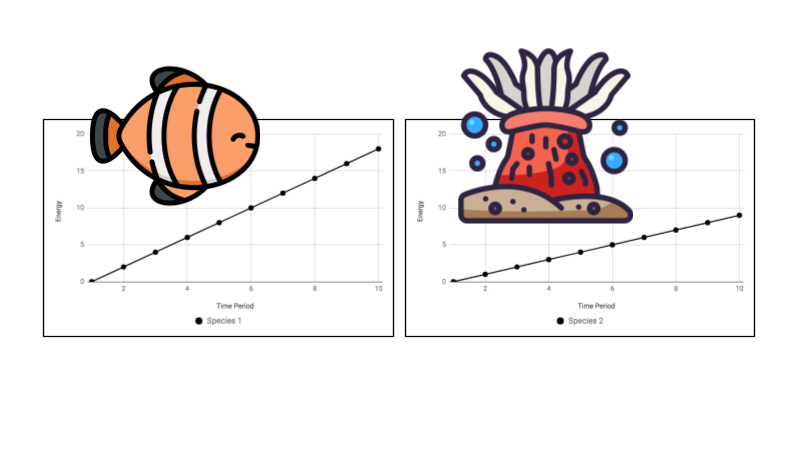
Symbiosis and Energy Use Graph Analysis
Students examine three graphs showing different types of symbiosis: mutualism, commensalism, and parasitism.
-
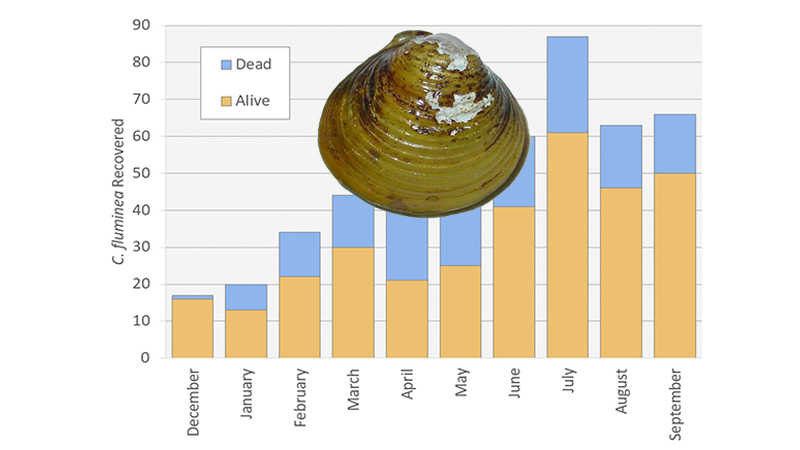
A Clammy Problem – Invasive Mollusks in Michigan
Examine a graph showing the numbers of invasive clams collected in a lake in Michigan. Answer basic questions about data and write a CER.
-
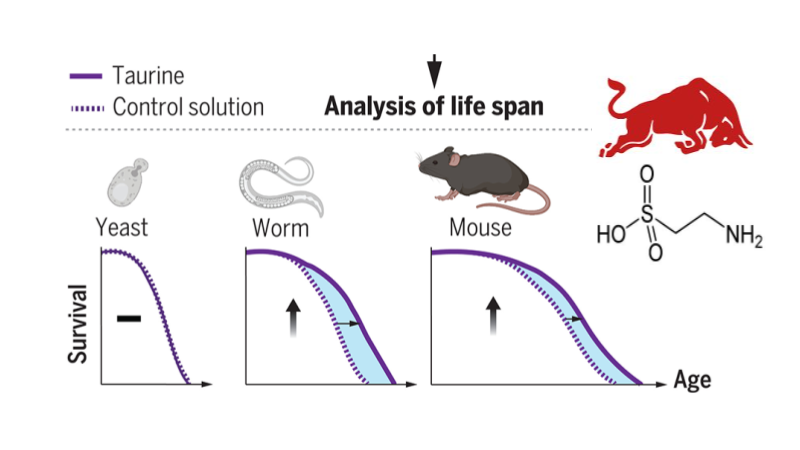
Interpreting Diagrams – Taurine and Aging (CER)
Students analyze a graph showing the effects of the amino acid taurine on aging. The data is from a primary source. Identify claim, evidence and reasoning.
-
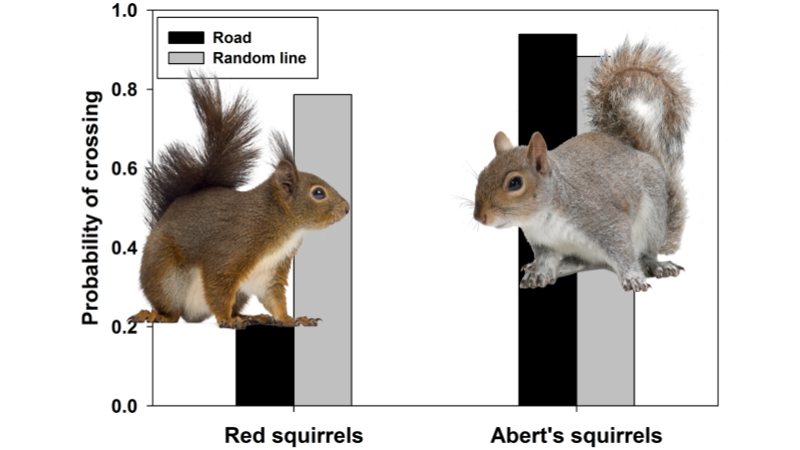
Effects of Roads on Squirrels and Space Use
A data analysis on squirrel behavior based on a journal article. Explores the behavior of two types of squirrels in response to roads.
-
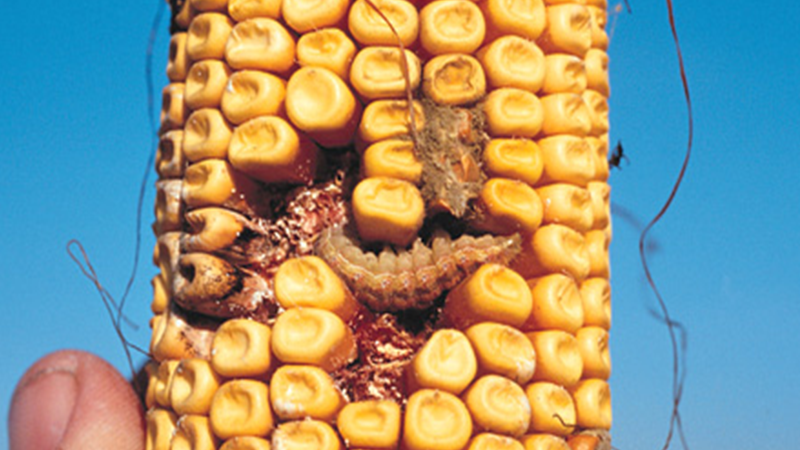
Can Genetic Modification Protect Corn?
The European corn borer (ECB) is a major pest of corn in the United States. It is a small, black and white moth that lays its eggs on the leaves of corn plants. The larvae hatch and tunnel into the stalks, ears, and leaves of the plant, causing significant damage. Bt corn is a type…
-
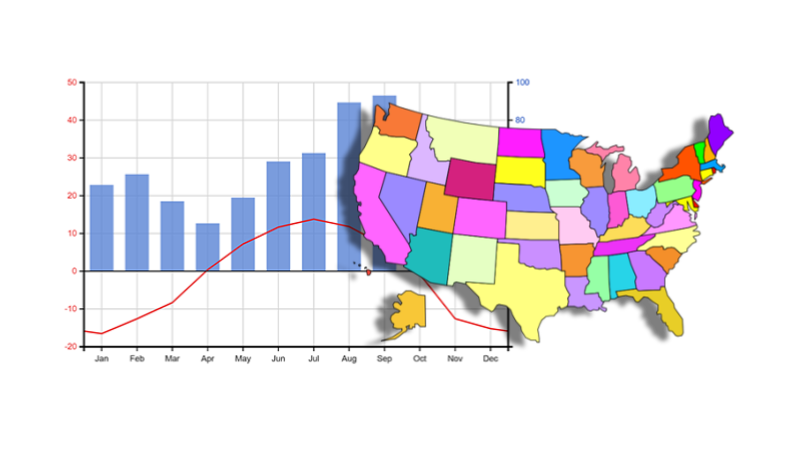
Analyze Data and Create a Climate Graph
Students practice analyzing climate graphs of four regions in the United States. Answer simple questions and create a graph from data collected in Germany.
-

Biology (Bee Book) Units 1 & 2 Reading Guides
Unit 1 and 2 Reading Guides for Miller and Levine Biology (Bee Book). Google Doc versions that can be shared on learning platforms.

